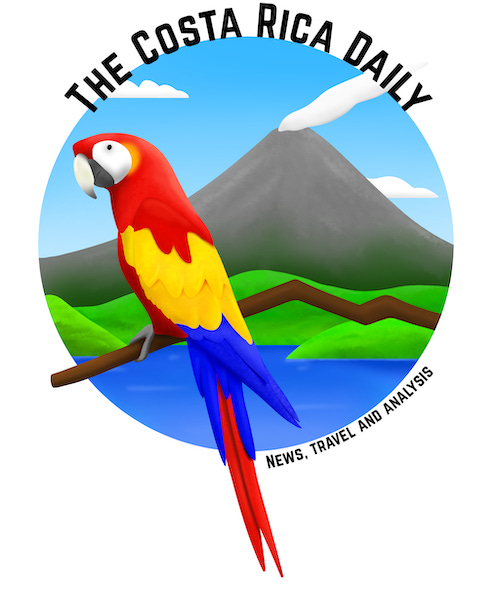Costa Rica celebrates Juan Santamaría Day
A little drummer boy and Costa Rica's victory over the United States
On April 11, Costa Rica celebrates Juan Santamaría Day and the country’s victory in the Battle of Rivas. But who was Juan Santamaría, and why was Costa Rica fighting a U.S. mercenary in the first place? Let’s explore.

William Walker, a U.S. citizen born in Nashville in 1824, had delusions of grandeur.
In 1853, he invaded Mexico and declared himself president of Baja California — briefly creating a “Republic of Baja California” and a “Republic of Sonora” until the Mexican government caught wind of the foreigner and summarily kicked him out.
Undaunted by the defeat, Walker and his small private army (known as “filibusters”) arrived in Nicaragua in 1855. This was no invasion — the North American had been invited by President Francisco Castellón to provide assistance during a civil war. But Walker began usurping power, and eventually United States recognized him as Nicaragua’s leader.
William Walker’s plan was no secret. His flag carried the motto “Five or None,” in reference to the five nations he hoped to conquer: Guatemala, Honduras, El Salvador, Nicaragua and Costa Rica.
This threat and the developments in Nicaragua concerned neighboring Costa Rica, which didn’t much want to become a U.S. colony. On March 1, 1856, Costa Rica declared war against the filibusters.
Undeterred, Walker invaded Guanacaste, Costa Rica, in mid-March 1856. Having faced no opposition at the border, the group arrived at Hacienda Santa Rosa and rested. Perhaps overconfident given the total lack of resistance, they didn’t even bother to post a sentry.
That proved to be a deadly mistake. On March 20, Costa Rican troops surrounded Walker and his filibusters at the casona, the large house where they had been staying. In a battle that lasted just 14 minutes, the Ticos won; today you can visit a replica of the casona in Santa Rosa National Park.
Walker and his surviving mercenaries retreated to Rivas, Nicaragua. Less than a month later, on the morning of April 11, 1856, that town became the setting for the most important battle in Costa Rican history.
Costa Rica’s army followed the William Walker into Nicaragua. But in Rivas, the filibusters were barricaded in a building called El Mesón, where snipers could repel any attacks.
The Costa Rican general José María Cañas knew the only option for victory was to burn down the building. He asked his troops:
Would there not be one person among so many brave men who wants to risk his life, setting fire to the building to save their compatriots?
As the legend tells it, Juan Santamaría, a 25-year-old army drummer who hailed from Alajuela, volunteered on the condition that someone look after his mother if he died.
Stepping into a hail of bullets, Santamaría reached El Mesón with his torch and set fire to the building. Santamaría was mortally wounded by a gunshot, but Walker retreated further into Nicaragua.
Costa Rica had won the Battle of Rivas and successfully prevented the invasion.
Amazingly, William Walker’s story didn’t end with the defeat in the Battle of Rivas. Instead, he continued to consolidate power in Nicaragua, even as much of the rest of Central America joined forces to fight him.
Eventually, the mercenary signed an agreement with a U.S. naval officer to return to the United States without admitting defeat nor coming to a truce with his Central American enemies.
Ever the imperialist, Walker dedicated his time back in the United States to drumming up support for more military incursions. He probably should have just stayed home: During an 1860 expedition to Central America, he surrendered to British troops, was delivered to Honduran authorities and was unceremoniously executed.
To the man whose motto was “Five or None,” Costa Rica and the rest of Central America delivered a firm response: None, Mr. Walker, and good riddance.
Support The Costa Rica Daily
We strive to provide high-quality, ad-free, thought-provoking and accurate content. Your donations help make this possible:


